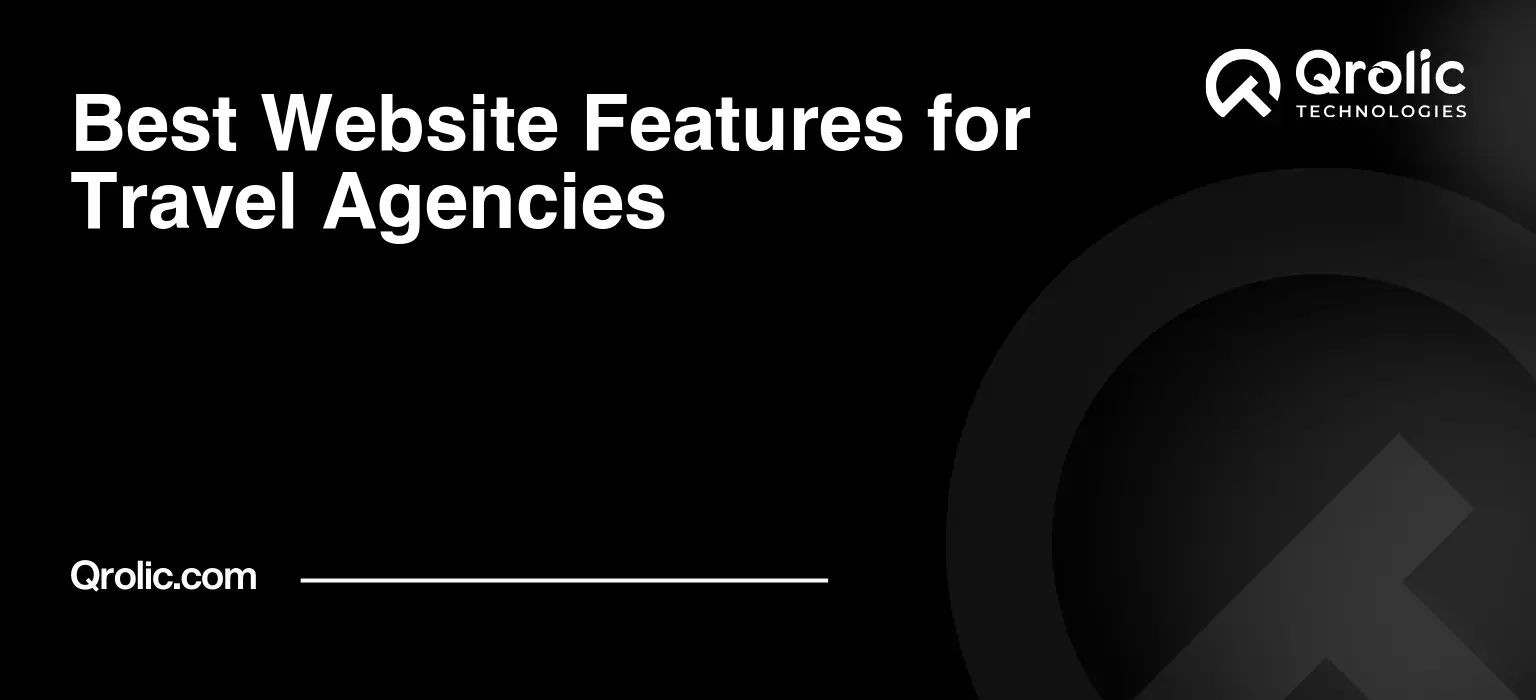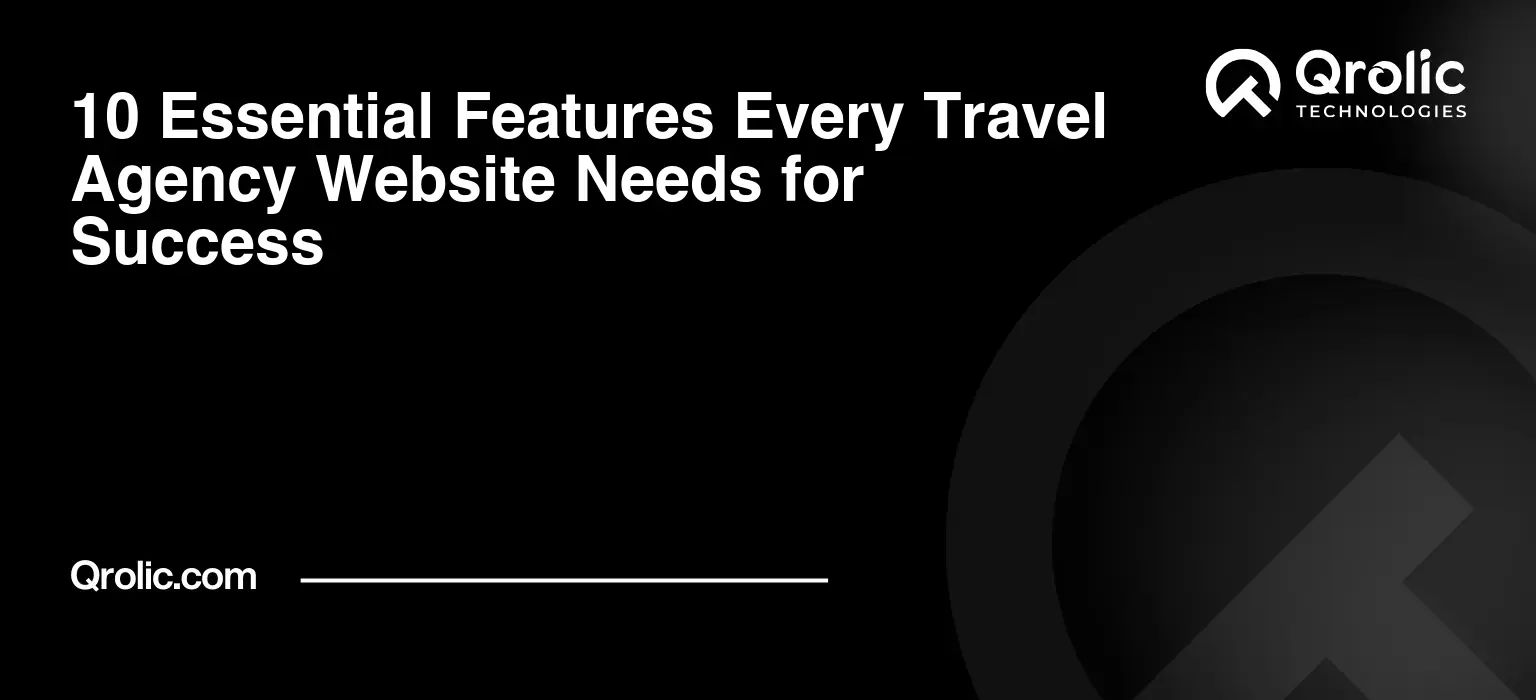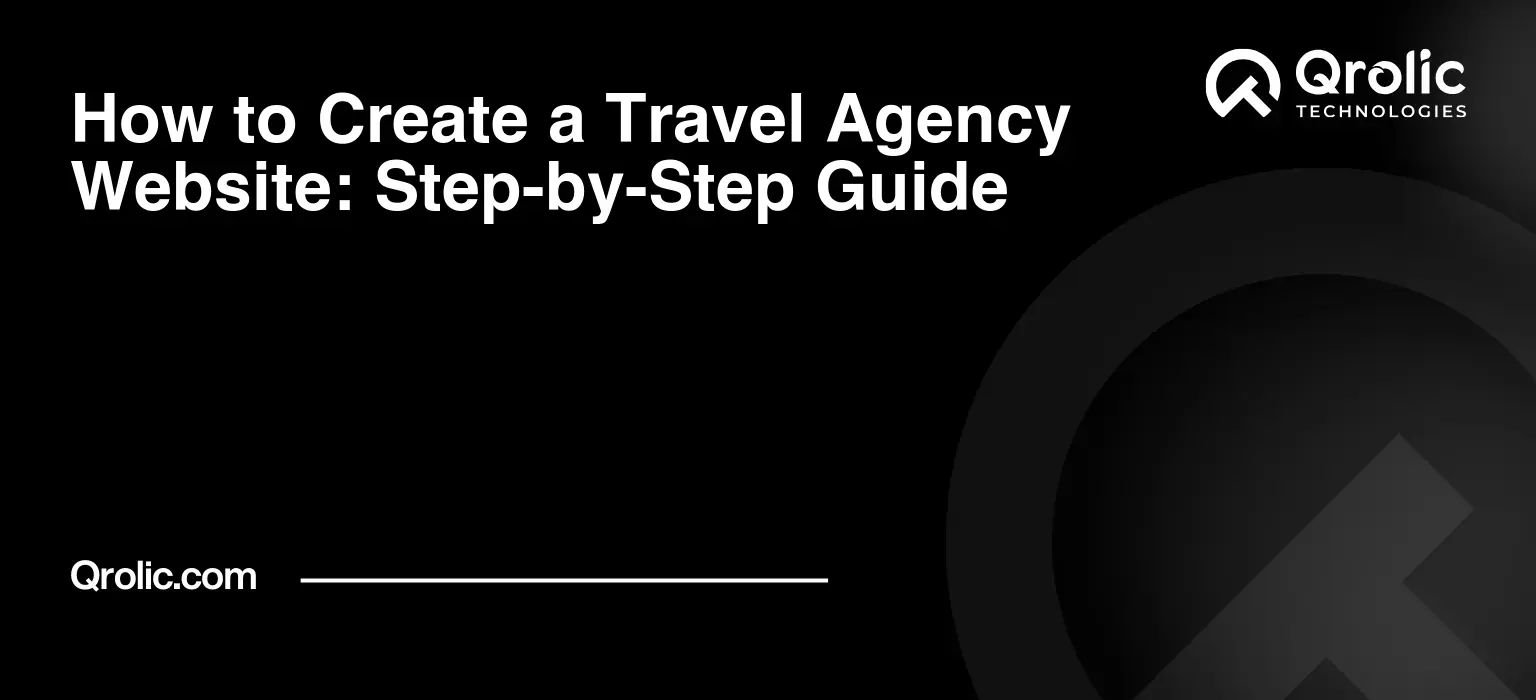Quick Summary:
- Create an engaging, easy-to-use website.
- Showcase detailed tours with visuals and reviews.
- Offer a simple, secure mobile booking system.
- Share helpful travel content and tips.
Table of Contents
- Captivating Home Page: Your Digital First Impression
- Visual Storytelling: High-Quality Imagery and Videos
- Clear Value Proposition: What Makes You Different?
- Intuitive Navigation: Guiding Users to Their Destination
- Compelling Call-to-Actions (CTAs): Encouraging Engagement
- Tour Packages: Showcasing Your Expertise
- Detailed Itineraries: Paint a Picture of the Experience
- High-Quality Photos and Videos: Immersing Potential Customers
- Customer Reviews and Testimonials: Building Trust and Credibility
- Pricing and Availability: Transparency and Clarity
- Booking System: Streamlining the Reservation Process
- User-Friendly Interface: A Seamless Booking Experience
- Secure Payment Gateway: Protecting Customer Data
- Real-Time Availability Updates: Avoiding Double Bookings
- Automated Confirmation and Reminders: Keeping Customers Informed
- Mobile Optimization: Reaching Travelers on the Go
- Responsive Design: Adapting to Different Screen Sizes
- Fast Loading Speed: Keeping Users Engaged
- Mobile-Friendly Navigation: Easy Browsing on Small Screens
- Click-to-Call Functionality: Making it Easy to Connect
- Content Marketing: Attracting and Engaging Your Audience
- Blog: Sharing Travel Tips and Inspiration
- Destination Guides: Providing Valuable Information
- Travel Tips and Advice: Helping Travelers Plan Their Trips
- Social Media Integration: Connecting with Your Audience
- About Qrolic Technologies
- Conclusion
Captivating Home Page: Your Digital First Impression
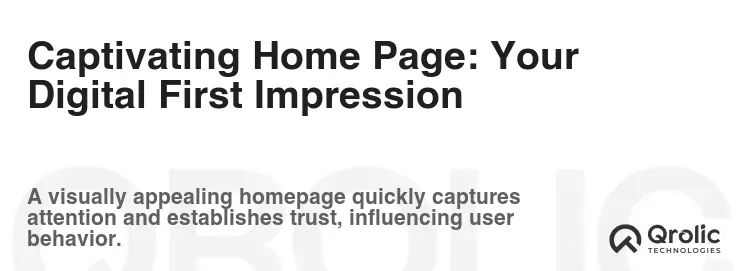
Visual Storytelling: High-Quality Imagery and Videos
The home page is your virtual storefront. It needs to immediately grab visitors’ attention and convey the essence of your travel agency. This isn’t just about pretty pictures; it’s about crafting a compelling narrative.
- What: Use high-resolution images and videos that showcase destinations, experiences, and happy travelers. Think drone footage of breathtaking landscapes, close-ups of delicious local cuisine, and candid shots of families enjoying their vacations.
- Why: Visuals evoke emotion and create a sense of wanderlust. They can quickly communicate the type of travel you specialize in (adventure, luxury, family, etc.) far more effectively than text alone.
- How: Invest in professional photography and videography. Alternatively, curate user-generated content (with permission, of course) from your previous clients. Embed videos directly onto your homepage for easy viewing.
- Example: A travel agency specializing in African safaris might feature a stunning video montage of wildlife encounters, showcasing lions, elephants, and giraffes in their natural habitat.
- SEO Benefit: Optimize image alt text with relevant keywords (e.g., “African safari tour,” “wildlife photography,” “luxury safari lodge”).
Clear Value Proposition: What Makes You Different?
Within seconds, visitors should understand what you offer and why they should choose you over the competition. This is your value proposition – the unique benefits you provide.
- What: A concise and compelling statement that highlights your expertise, specialization, or unique selling points.
- Why: It clarifies your target audience, establishes credibility, and differentiates you from generic online travel agencies.
- How: Use clear, jargon-free language. Focus on the benefits for the customer, not just the features you offer.
- Example: “Crafting unforgettable family adventures since 1998. We handle everything, from flights and accommodation to activities and local guides, ensuring a stress-free vacation for you and your loved ones.”
- Benefit: Immediately establishes expertise, target audience, and the core value proposition (stress-free family vacations).
- SEO Benefit: Incorporate relevant keywords into your value proposition (e.g., “family adventure travel,” “stress-free vacation planning”).
Intuitive Navigation: Guiding Users to Their Destination
A user-friendly website is essential for converting visitors into customers. Intuitive navigation is the foundation of a good user experience.
- What: A clear and logical menu structure that allows users to easily find what they’re looking for.
- Why: Prevents frustration and ensures users can quickly access information about tour packages, booking options, and contact details.
- How: Use a simple and consistent menu design. Categorize tour packages by destination, travel style (adventure, luxury, etc.), or theme (honeymoon, family, etc.).
- Steps:
- Plan your menu: Consider the most common user needs.
- Use clear labels: Avoid ambiguous or technical terms.
- Keep it concise: Limit the number of menu items.
- Test and refine: Get feedback from users and adjust accordingly.
- Example: A primary menu might include: “Destinations,” “Tour Packages,” “About Us,” “Blog,” “Contact Us.”
- SEO Benefit: A well-structured website improves crawlability for search engines, making it easier for them to index your pages.
Compelling Call-to-Actions (CTAs): Encouraging Engagement
CTAs are prompts that encourage users to take specific actions, such as booking a tour, requesting a quote, or subscribing to your newsletter.
- What: Buttons or links that stand out visually and clearly instruct the user what to do.
- Why: Guide users towards desired actions and improve conversion rates.
- How: Use action-oriented language, such as “Book Now,” “Get a Quote,” “Explore Packages,” or “Contact Us.” Make the buttons visually prominent using contrasting colors and clear typography.
- Examples:
- “Book Your Dream Vacation Today!”
- “Request a Free Travel Consultation”
- “Download Our Travel Guide”
- Benefit: Increased engagement, lead generation, and ultimately, more bookings.
- SEO Benefit: While direct SEO impact is minimal, strong CTAs improve user experience, which can indirectly contribute to better search rankings.
Tour Packages: Showcasing Your Expertise
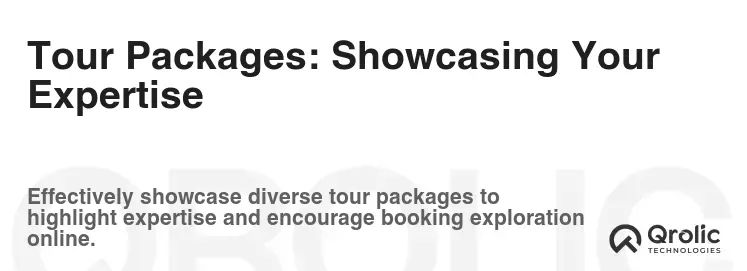
Detailed Itineraries: Paint a Picture of the Experience
Each tour package should have its own dedicated page with a detailed itinerary, outlining the day-by-day activities, accommodation, transportation, and included meals.
- What: A comprehensive description of the tour, including dates, locations, activities, and highlights.
- Why: Provides transparency, manages expectations, and helps travelers visualize their experience.
- How: Use a clear and chronological format. Include high-quality photos and videos of each location and activity. Highlight the unique aspects of the tour.
- Example: Day 1: Arrival in Rome, guided tour of the Colosseum and Roman Forum, followed by a traditional Italian dinner. Day 2: Visit Vatican City, explore St. Peter’s Basilica and the Vatican Museums.
- Steps:
- Gather all information: Compile details about the itinerary, accommodation, transportation, and included amenities.
- Write compelling descriptions: Use vivid language to describe each activity and highlight its unique aspects.
- Include high-quality visuals: Use photos and videos to showcase the destinations and experiences.
- Present the information clearly: Use a chronological format with clear headings and subheadings.
- Proofread carefully: Ensure accuracy and clarity.
- Benefit: Increased traveler confidence and higher booking rates.
- SEO Benefit: Optimize each tour package page with relevant keywords (e.g., “Rome city tour,” “Vatican City guided tour,” “Italian culinary experience”).
High-Quality Photos and Videos: Immersing Potential Customers
Visuals are crucial for showcasing the beauty and excitement of your tour packages. Invest in high-quality photos and videos that capture the essence of each destination and activity.
- What: Professional-grade images and videos that showcase the highlights of each tour package.
- Why: Engage potential customers emotionally and help them visualize their experience.
- How: Hire professional photographers and videographers or curate user-generated content (with permission). Use a variety of shots, including landscapes, close-ups, and action shots.
- Example: A tour package showcasing a hiking trip in the Himalayas might feature stunning panoramic views of the mountains, close-ups of local flora and fauna, and videos of travelers enjoying the trek.
- Benefit: Higher engagement, increased brand awareness, and improved conversion rates.
- SEO Benefit: Optimize image alt text and video descriptions with relevant keywords (e.g., “Himalayan trekking,” “mountain scenery,” “adventure travel”).
Customer Reviews and Testimonials: Building Trust and Credibility
Positive customer reviews and testimonials are powerful social proof that can significantly influence booking decisions.
- What: Genuine feedback from previous travelers about their experience with your tour packages.
- Why: Builds trust and credibility, addresses potential concerns, and encourages others to book.
- How: Collect reviews through post-trip surveys, email requests, or online review platforms. Display the reviews prominently on your website, particularly on tour package pages.
- Example: “This tour exceeded all my expectations! The guide was knowledgeable and friendly, the accommodation was comfortable, and the activities were unforgettable.” – John Smith
- Steps:
- Request feedback: Send automated emails after each tour asking for reviews.
- Display reviews prominently: Showcase them on tour package pages and on a dedicated testimonial page.
- Respond to reviews: Acknowledge both positive and negative feedback.
- Monitor online reputation: Keep track of reviews on third-party platforms.
- Benefit: Increased trust, higher booking rates, and improved customer loyalty.
- SEO Benefit: Positive reviews can improve your website’s reputation and ranking in search results.
Pricing and Availability: Transparency and Clarity
Clearly display pricing and availability information for each tour package. This transparency builds trust and avoids potential frustrations.
- What: Accurate and up-to-date information about the cost of each tour package, including any inclusions or exclusions.
- Why: Allows travelers to make informed decisions and avoid unexpected costs.
- How: Use a clear and concise format to display pricing and availability. Consider offering different pricing options based on factors such as group size, travel dates, or accommodation type.
- Example: “Price: $1,500 per person (based on double occupancy). Includes: Accommodation, meals, transportation, and guided tours. Excludes: Flights, travel insurance, and personal expenses.”
- Benefit: Increased trust, higher booking rates, and reduced customer service inquiries.
- SEO Benefit: While direct SEO impact is minimal, clear pricing and availability information can improve user experience, which can indirectly contribute to better search rankings.
Booking System: Streamlining the Reservation Process
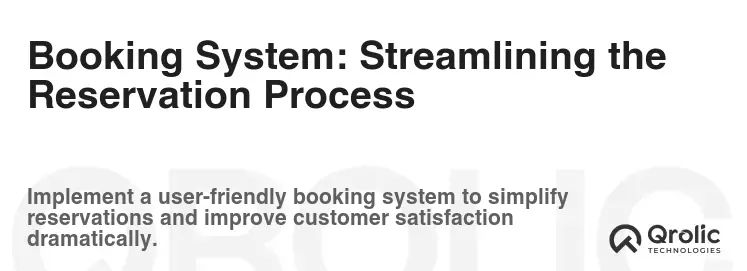
User-Friendly Interface: A Seamless Booking Experience
Your booking system should be intuitive and easy to use. A clunky or confusing booking process can deter potential customers.
- What: A well-designed and user-friendly interface for selecting travel dates, adding passengers, and making payments.
- Why: Simplifies the booking process, reduces friction, and increases conversion rates.
- How: Use a clear and logical layout. Minimize the number of steps required to complete a booking. Offer multiple payment options.
- Example: A booking system with a clear calendar for selecting travel dates, a simple form for entering passenger details, and a secure payment gateway.
- Steps:
- Choose a booking platform: Select a reputable booking system that integrates with your website.
- Customize the interface: Ensure the booking system matches your brand’s look and feel.
- Simplify the booking process: Minimize the number of steps required to complete a booking.
- Offer multiple payment options: Provide a variety of payment methods to accommodate different customer preferences.
- Test thoroughly: Ensure the booking system is working correctly before launching it to the public.
- Benefit: Higher conversion rates, reduced cart abandonment, and improved customer satisfaction.
- SEO Benefit: A user-friendly booking system can improve user experience, which can indirectly contribute to better search rankings.
Secure Payment Gateway: Protecting Customer Data
Security is paramount when handling sensitive customer data. Ensure your booking system uses a secure payment gateway that encrypts all transactions.
- What: A secure payment gateway that protects customer credit card information and other sensitive data.
- Why: Builds trust, prevents fraud, and complies with industry regulations.
- How: Choose a reputable payment gateway that is PCI DSS compliant. Display security badges and certificates on your website to reassure customers.
- Example: Integrating with payment gateways like Stripe, PayPal, or Authorize.net.
- Benefit: Increased trust, higher booking rates, and protection against financial losses.
- SEO Benefit: While direct SEO impact is minimal, a secure website builds trust, which can indirectly contribute to better search rankings.
Real-Time Availability Updates: Avoiding Double Bookings
Your booking system should provide real-time availability updates to prevent double bookings and avoid customer disappointment.
- What: A system that automatically updates availability based on bookings and cancellations.
- Why: Prevents overbooking, ensures accuracy, and provides a seamless booking experience.
- How: Integrate your booking system with your inventory management system to ensure real-time updates.
- Example: A booking system that automatically blocks out dates that are already fully booked.
- Benefit: Improved customer satisfaction, reduced customer service inquiries, and increased operational efficiency.
- SEO Benefit: While direct SEO impact is minimal, accurate availability information can improve user experience, which can indirectly contribute to better search rankings.
Automated Confirmation and Reminders: Keeping Customers Informed
Automated confirmation emails and reminders can help reduce no-shows and ensure customers are well-prepared for their trip.
- What: Automated emails that confirm bookings, provide trip details, and send reminders before the departure date.
- Why: Improves communication, reduces no-shows, and enhances customer satisfaction.
- How: Configure your booking system to automatically send confirmation emails upon booking and reminder emails a few days before the trip.
- Example: A confirmation email that includes the itinerary, booking details, payment information, and contact information. A reminder email sent a few days before the trip with tips for packing and preparing for the journey.
- Benefit: Improved communication, reduced no-shows, and enhanced customer satisfaction.
- SEO Benefit: While direct SEO impact is minimal, automated communication can improve customer experience, which can indirectly contribute to better search rankings.
Mobile Optimization: Reaching Travelers on the Go
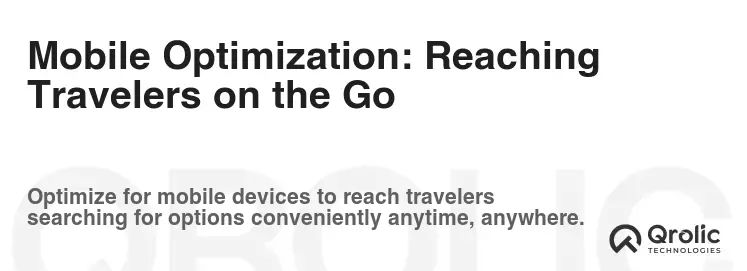
Responsive Design: Adapting to Different Screen Sizes
With the increasing use of mobile devices, it’s crucial to have a responsive website that adapts seamlessly to different screen sizes.
- What: A website design that automatically adjusts to the screen size of the device being used.
- Why: Provides a consistent user experience across all devices, improves accessibility, and enhances mobile SEO.
- How: Use a responsive design framework such as Bootstrap or Foundation. Test your website on different devices to ensure it looks and functions correctly.
- Example: A website that automatically resizes images and text to fit the screen of a smartphone or tablet.
- Steps:
- Choose a responsive theme or framework: Select a theme or framework that is designed to be responsive.
- Test on different devices: Ensure your website looks and functions correctly on smartphones, tablets, and desktops.
- Optimize images for mobile: Reduce image file sizes to improve loading speed on mobile devices.
- Use touch-friendly navigation: Ensure that buttons and links are easy to tap on mobile devices.
- Benefit: Improved user experience, enhanced mobile SEO, and increased reach.
- SEO Benefit: Mobile-friendliness is a ranking factor for Google search results.
Fast Loading Speed: Keeping Users Engaged
Mobile users are often impatient and expect websites to load quickly. Optimize your website for speed to prevent users from abandoning your site.
- What: A website that loads quickly on mobile devices.
- Why: Improves user experience, reduces bounce rates, and enhances mobile SEO.
- How: Optimize images, minimize HTTP requests, leverage browser caching, and use a content delivery network (CDN).
- Example: Using image compression tools to reduce image file sizes, using a CDN to distribute content from servers around the world, and enabling browser caching to store frequently accessed resources.
- Steps:
- Optimize images: Reduce image file sizes without sacrificing quality.
- Minimize HTTP requests: Reduce the number of files that need to be downloaded by combining CSS and JavaScript files.
- Leverage browser caching: Enable browser caching to store frequently accessed resources on the user’s device.
- Use a content delivery network (CDN): Distribute content from servers around the world to improve loading speed for users in different locations.
- Benefit: Improved user experience, reduced bounce rates, and enhanced mobile SEO.
- SEO Benefit: Page speed is a ranking factor for Google search results.
Mobile-Friendly Navigation: Easy Browsing on Small Screens
Your website’s navigation should be easy to use on mobile devices. Use a simple and intuitive menu structure that allows users to quickly find what they’re looking for.
- What: A navigation system that is easy to use on small screens.
- Why: Improves user experience, reduces frustration, and enhances mobile SEO.
- How: Use a hamburger menu, a bottom navigation bar, or other mobile-friendly navigation patterns. Ensure that buttons and links are easy to tap on mobile devices.
- Example: Using a hamburger menu (the three horizontal lines icon) to hide the main navigation menu on mobile devices.
- Benefit: Improved user experience, reduced frustration, and enhanced mobile SEO.
- SEO Benefit: Mobile-friendly navigation can improve user experience, which can indirectly contribute to better search rankings.
Click-to-Call Functionality: Making it Easy to Connect
Make it easy for mobile users to contact you by including click-to-call functionality on your website.
- What: A phone number that is hyperlinked so that users can call you directly by tapping on it.
- Why: Simplifies the process of contacting you, improves customer service, and increases leads.
- How: Use the
tel:HTML attribute to create a click-to-call link. - Example:
<a href="tel:+15551234567">+1 (555) 123-4567</a> - Benefit: Increased leads, improved customer service, and enhanced user experience.
- SEO Benefit: While direct SEO impact is minimal, click-to-call functionality can improve user experience, which can indirectly contribute to better search rankings.
Content Marketing: Attracting and Engaging Your Audience
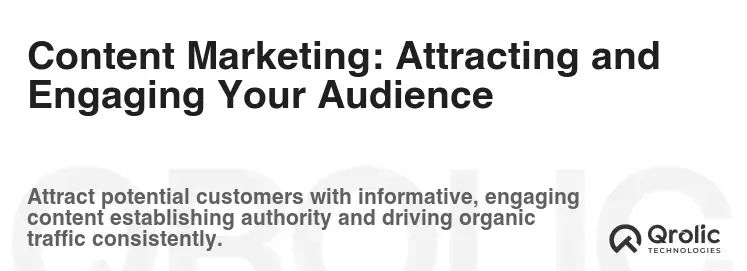
Blog: Sharing Travel Tips and Inspiration
A blog is a great way to attract new visitors to your website and establish yourself as an authority in the travel industry.
- What: A section of your website where you publish articles, blog posts, and other content related to travel.
- Why: Attracts new visitors, establishes authority, and improves SEO.
- How: Publish high-quality content that is relevant to your target audience. Optimize your blog posts for search engines. Promote your blog content on social media.
- Example: Writing blog posts about travel tips, destination guides, packing lists, and travel stories.
- Benefit: Increased website traffic, improved brand awareness, and higher lead generation.
- SEO Benefit: A blog provides opportunities to target long-tail keywords and improve your website’s overall SEO.
Destination Guides: Providing Valuable Information
Destination guides provide valuable information about popular travel destinations, including attractions, activities, accommodation, and transportation.
- What: Comprehensive guides to specific travel destinations.
- Why: Attracts visitors interested in those destinations, provides valuable information, and improves SEO.
- How: Research and write detailed guides that cover all aspects of the destination. Include high-quality photos and videos. Optimize your guides for search engines.
- Example: A destination guide for Paris that includes information about the Eiffel Tower, the Louvre Museum, Notre Dame Cathedral, and other popular attractions.
- Benefit: Increased website traffic, improved brand awareness, and higher lead generation.
- SEO Benefit: Destination guides provide opportunities to target specific destination keywords and improve your website’s overall SEO.
Travel Tips and Advice: Helping Travelers Plan Their Trips
Share your expertise by providing travel tips and advice to help travelers plan their trips.
- What: Articles and blog posts that offer practical advice for travelers.
- Why: Attracts visitors looking for travel information, establishes authority, and improves SEO.
- How: Share your knowledge and experience to help travelers plan their trips. Cover topics such as packing tips, travel safety, budgeting, and finding the best deals.
- Example: Writing articles about how to pack light, how to stay safe while traveling, how to save money on flights, and how to find the best accommodation.
- Benefit: Increased website traffic, improved brand awareness, and higher lead generation.
- SEO Benefit: Travel tips and advice provide opportunities to target long-tail keywords and improve your website’s overall SEO.
Social Media Integration: Connecting with Your Audience
Integrate your website with your social media channels to make it easy for visitors to connect with you and share your content.
- What: Adding social media buttons to your website that allow visitors to follow you, share your content, and engage with you on social media.
- Why: Increases brand awareness, drives traffic to your website, and generates leads.
- How: Add social media buttons to your website that link to your social media profiles. Encourage visitors to share your content on social media.
- Example: Adding Facebook, Twitter, Instagram, and Pinterest buttons to your website.
- Benefit: Increased brand awareness, higher website traffic, and improved social media engagement.
- SEO Benefit: Social media engagement can indirectly contribute to better search rankings.
About Qrolic Technologies
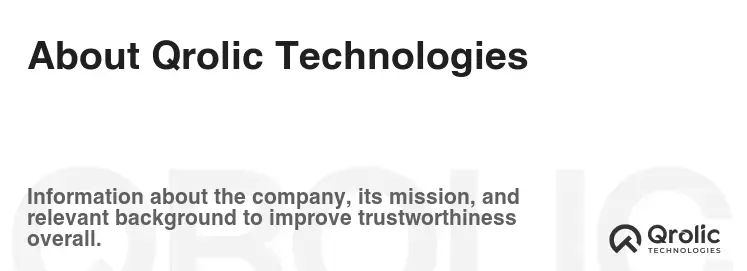
Qrolic Technologies is a leading Web Development company specializing in creating high-quality, SEO-optimized websites for travel agencies. We understand the unique needs of the travel industry and can help you build a website that attracts customers, showcases your tour packages, and streamlines the booking process. Our services include:
- Website Design and Development: We create custom websites that are visually appealing, user-friendly, and mobile-responsive.
- SEO Optimization: We optimize your website for search engines to help you rank higher in search results and attract more organic traffic.
- Booking System Integration: We integrate your website with a secure and reliable booking system to streamline the reservation process.
- Content Marketing: We help you create and promote engaging content that attracts new visitors to your website and establishes you as an authority in the travel industry.
Contact us today to learn more about how Qrolic Technologies can help you build the best website for your travel agency: https://qrolic.com/
Conclusion
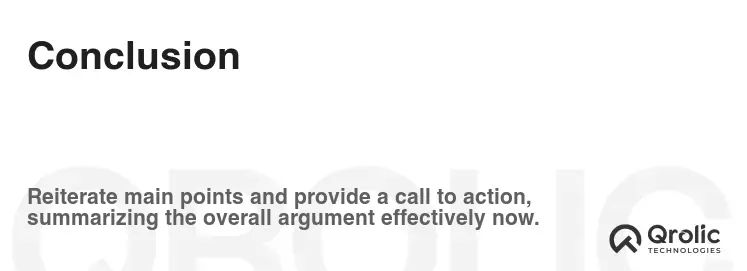
Creating the best website for a travel agency requires a multifaceted approach, focusing on visual appeal, user experience, functionality, and content. By implementing these features and continuously optimizing your website, you can attract more customers, increase bookings, and establish your travel agency as a leader in the industry.
